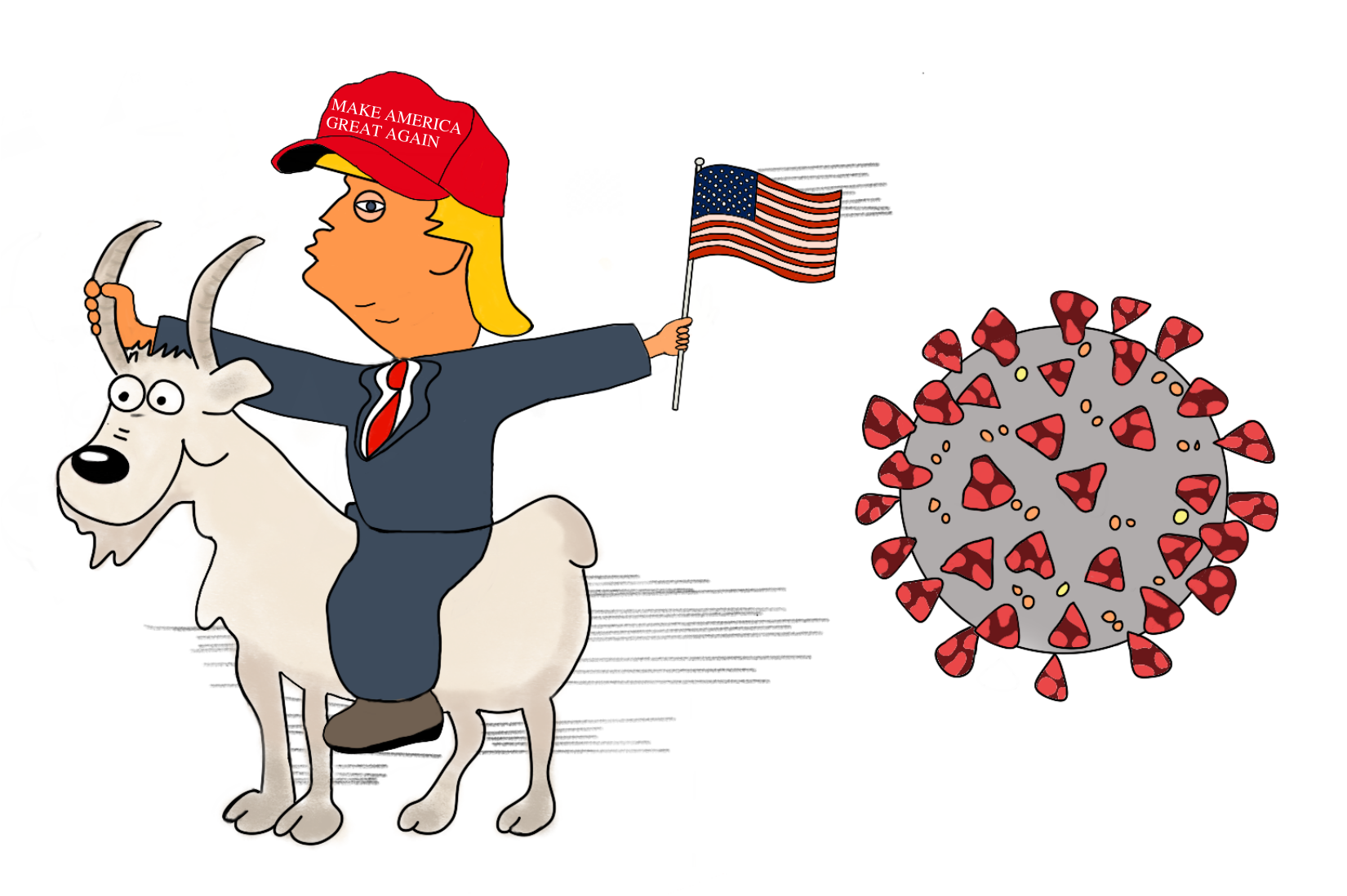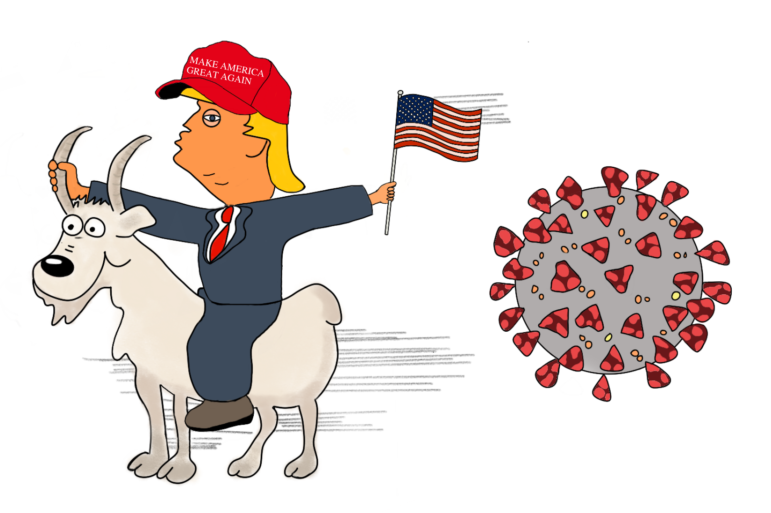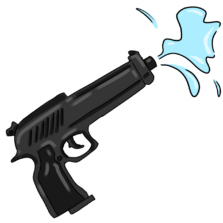

Amid growing reports that President Donald Trump ignored early warnings from officials inside his administration against a potential COVID-19 outbreak in the U.S., he announced a temporary halt of funding for the World Health Organization while an internal review of the organization is conducted. This decision is the latest in the Trump Administration’s search for a scapegoat amidst criticism for its delayed response to the pandemic.
According to a New York Times report published on April 6, Trump ignored an internal memo sent out by White House Trade Adviser Peter Navarro to many high level members of the Trump Administration on Jan. 29. Americans are defenseless in the case of a COVID-19 pandemic due to lack of a vaccine or existing natural immunity, Navarro wrote in the memo.
Despite the warning, for weeks, Trump did little to prepare the U.S. for a potential crisis. Rather than take swift action to organize coordinated early response amongst states as well as ensure adequate supplies of personal protective equipment and test kits, Trump chose to downplay its seriousness, denying the WHO’s calculated death rate for the virus based on a “hunch” and calling the Democrats’ criticism of his administration’s response to the coronavirus their “new hoax.”
While he eventually took more prevalent action later in the crisis, Trump has yet to acknowledge his early failures in the management of the nation’s COVID-19 response.
“Everything we did was right,” Trump said during a semi-hostile press conference on April 13 in which he repeatedly scolded reporters who contradicted his version of events.
Since the outbreak began, he has repeatedly looked for someone to blame for his mistakes. First pinning longtime U.S. rival China, he repeatedly called the virus, in tweets and during speeches, the “Chinese Virus,” even after the name “COVID-19” had been issued. There were also reports by Business Insider that a White House official referred to the virus as the “Kung-Flu,” an insensitive rhetoric that looks to blame the Chinese ethnic group for the outbreak of the virus. After complaints of racism from the news media and denial by the Trump Administration, he finally agreed to stop referring to the virus in a way that could be considered demeaning or putting blame on Chinese people. While the Chinese government wasn’t completely transparent in its reporting about the virus, pointing fingers at an ethnic group simply intices racism.
Soon after, he shifted blame to the WHO. He spoke out about how he believed they were associated with the Chinese government. This politicization of the pandemic was clearly meant to generate anger and rally his base, many of whom have come to the assumption that the WHO is being used by the Chinese Communist Party to spread propaganda about the coronavirus. Unfortunately, his rhetoric has been closely adhered to by right wing media sources, many of whom are now claiming that the WHO failed to warn us of the danger of COVID-19, instead of Trump.
Responding to Trump’s allegations, WHO director general Tedros Adhanom Ghebreyesus said, “please quarantine politicizing COVID[-19]. … We will have many body bags in front of us if we don’t behave.”
The Trump Administration’s latest move to cut funding to the WHO has been a dangerous attempt to put a silver lining on its response to the coronavirus and shift blame for lack of sufficient early response to another entity. The U.S. has been the second biggest donor to the WHO, behind the U.N. Central Emergency Response Fund, and cutting funds in the middle of a pandemic is a dangerous move that could result in lesser response by the WHO, and ultimately more deaths from the outbreak in countries that rely on the organization for support.





